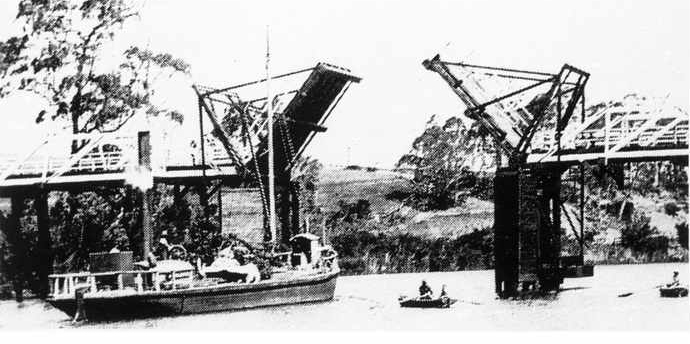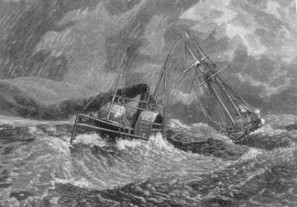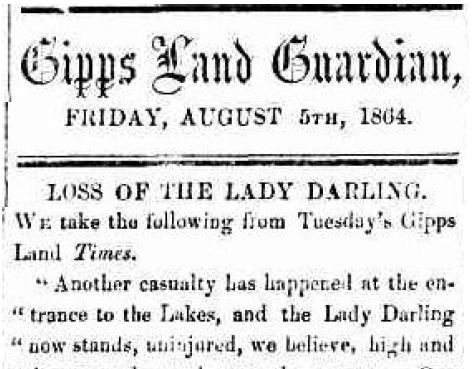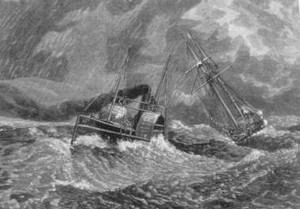Gippsland’s Steamers
Gain an appreciation of the significance of the Screw Steamers (SS) - the original term for propeller driven steamers, and the Paddle Steamers (PS) and that traversed the lakes and rivers of Gippsland, Victoria during the 19th and early 20th centuries. The challenges they faced...Visit Full Post
1857PS ‘Enterprise’
Built at McArdell's Gap on the banks of the Thomson River near the township of Sale (previously known as Flooding Creek) during the year of 1857, the paddle steamer PS 'Enterprise' was the first steamer to be designed specifically to meet the conditions of Gippsland's lakes and rivers, and, the first to be built on site. Originally at 36 ft (11 m) long, and powered by a 12 horsepower engine, she was designed to cater for the goldfields traffic from Sale to the Nicholson and Tambo Rivers, and, for the timber trade from the Tambo River sawmills to Sale...Visit Full Post
PS ‘Tommy Norton’
The paddle steamer PS 'Thomas Norton', affectionately referred to, and remembered as, the PS 'Tommy Norton' as the steamer was a favourite to many at the time...Visit Full Post
1859SS ‘Lady Darling’
American entrepreneur, Philip McArdell, together with Raphael, began building the screw steamer SS 'Lady Darling', designed specifically for the Gippsland Lakes trade, on the banks of the river Tambo, in 1861...Visit Full Post
1861PS ‘Lady of the Lake’
The 20 tonne paddle steamer PS 'Lady of the Lake' was built in 1864, in Melbourne. Her first known owner being a John Inglis and later, N Guthrie of Sale...Visit Full Post
1864
January 1, 1857January 2, 1857January 1, 1859January 1, 1861January 1, 1864
.
Still can’t find what you are looking for ???
Search POI Australia
*** Please note that if the exact date is not known, the timeline post date will default to the mid of the relevant month or year, and the closest available day thereafter.







